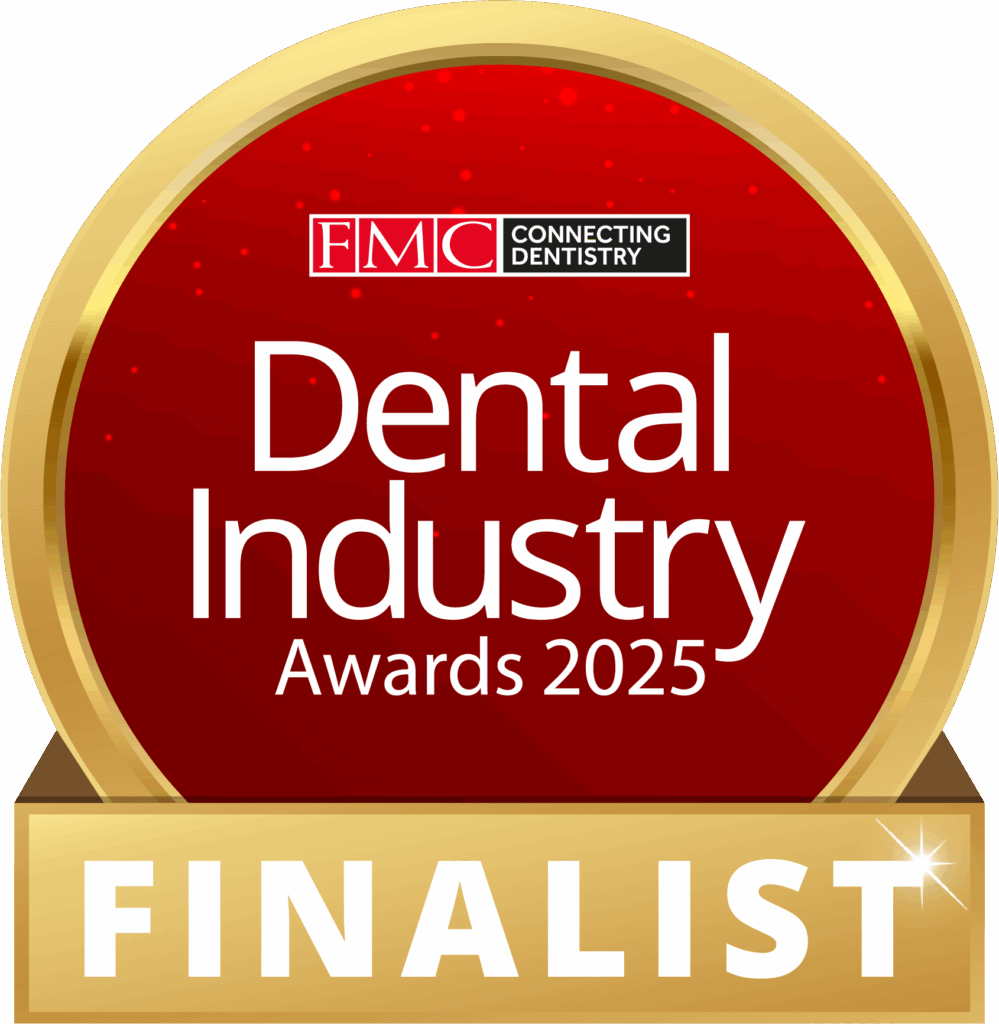5 Things to do NOW to Mitigate the Rising Costs of Running a Dental Practice
75% of practice owners we asked are concerned ahead of the new financial year.
With one of the highest tax-raising budgets on record, it is essential for dental practice owners to act now to mitigate the impact of the rising costs of doing business. By acting now, you can protect the profitability of your practice which is the most important measure when it comes to valuing your practice when you come to sell.
As part of the Government’s investment plans to drive growth and restore public services and economic stability, the Chancellor announced £40 billion in tax rises in the Autumn budget. With the largest part of this coming from increases in employers’ National Insurance Contributions (NICs) from April 2025, it is no wonder 75% of practice owners are concerned ahead of the new financial year.
Here are 5 ways to help mitigate the rising costs of running a dental practice:
1. Staffing costs
With recruitment challenges across the sector, we are seeing many practices operate with a higher level of staffing as a buffer. Whilst this may help operationally, for those Principals looking to sell over the coming years it is important to ensure that staffing costs are well-controlled as this generally creates the biggest threat to value during a sale-process. Perhaps a staff member leaving presents the opportunity to review need, before replacing like-for-like.
2. Hygiene efficiency
Clinical efficiency is also an important metric which can impact a practices profitability and therefore value. Practices tend to understand the efficiency of their Associates, but this is not always the case for Hygienist being paid an hourly rate. Optimising chair-time for Hygienists and ensuring appropriate recharges are in place for plan patients are two ways in which efficiencies can be realised.
3. Marketing Spend
Many practices are choosing to engage in paid marketing activity; a wise investment if it attracts new patients and increases uptake of targeted treatment types. However, many practices fail to review the effectiveness of their marketing spend and if it is not significantly driving turnover then it can become a cost-drain to the business.
Whilst turnover growth is a key indicator of business success, profitability is the most important measure when valuing a practice for sale. Therefore mitigating rising costs, with cost savings elsewhere within the practice will have the most positive impact on value.
4. Growing turnover
Turnover growth can be achieved by increasing clinical capacity if chair-time allows or offering new higher-grossing treatments in-house. Particularly for those practices that have a high-cost base through over-inflated rent/rates payments or over-staffing, growing turnover into your cost base can be an important way of protecting profitability.
5. Increasing treatment prices
Many practices will look to mitigate these cost rises by increasing their fees, both for fee-per-item and plan patients. An annual strategy of small incremental price increases can easily be absorbed by patients helping to protect profit. However, this route may not be suitable for all practices given the current economic climate. Moreover, for those practices that have recently converted from NHS to private, they may not want to increase treatment prices so soon after conversion, instead looking to grow turnover in other ways.
Get an up-to-date valuation to help realise the potential in your practice
An expert practice valuation can highlight the areas you need to act on to realise the profit in your practice and get the best price when the time comes to selling. Valuing helps you make a more informed decision of when to sell and can helps set realistic expectations for what your practice may be worth, the likely buyer type and any post-sale obligations you may face.
Book a valuation here or contact us to have a confidential chat about your dental practice.










